HOW CAN WE HELP YOU?
Sometimes it's easy to get lost in a website ... here you to find the essential information for a great browsing experience!
ANY QUESTION?
Our customer care is always at your disposal for information on the products, on orders and new collections. If you have any question about your order, products or more information, please fill the above form.

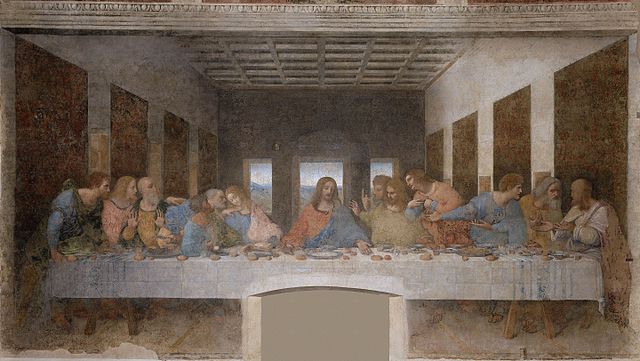
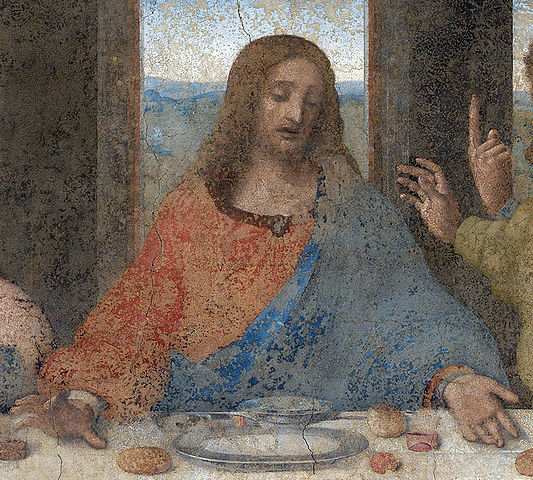
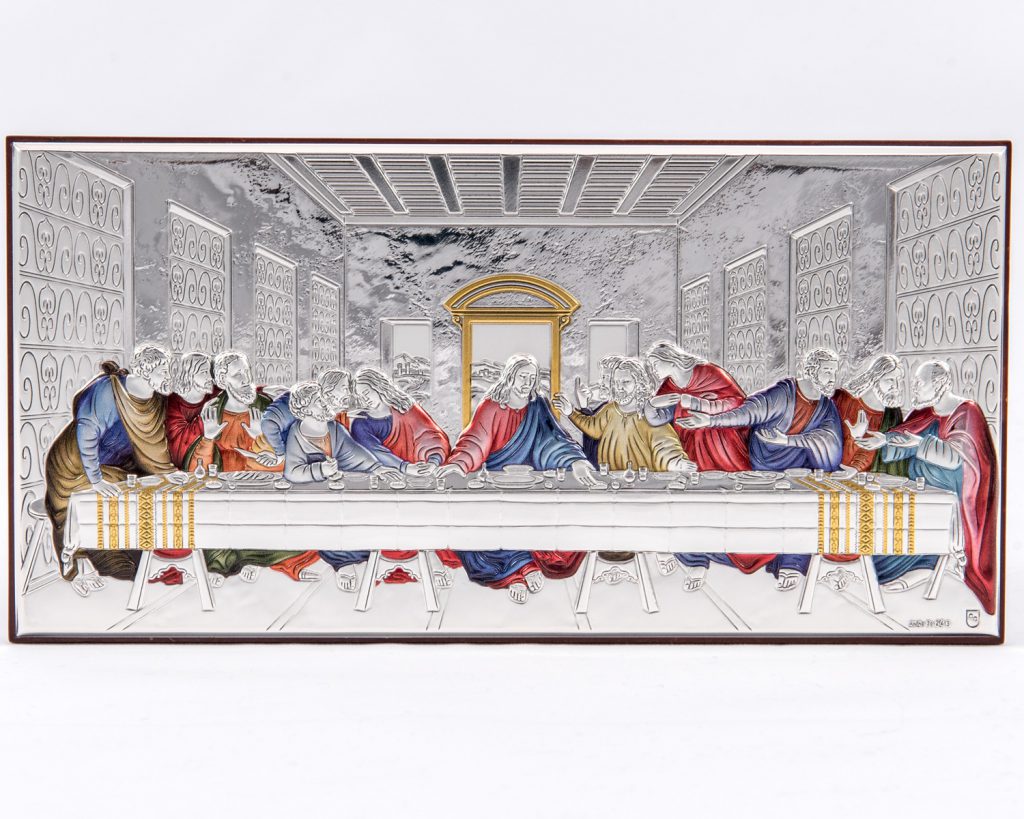

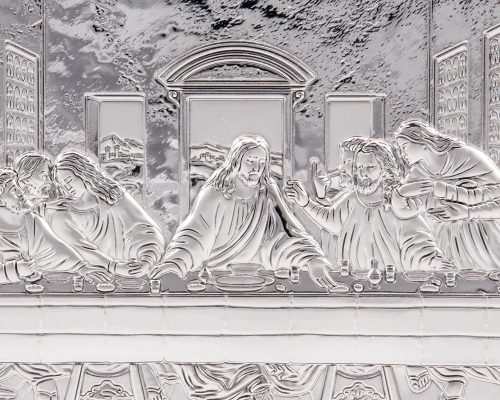

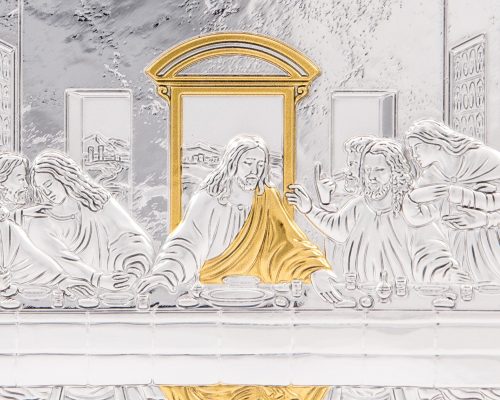

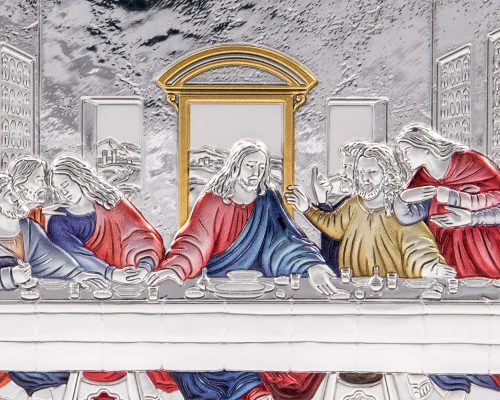
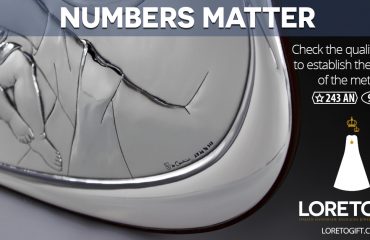



[…] THE LAST SUPPER (Leonardo da Vinci) – Loreto Gift | Italian … […]